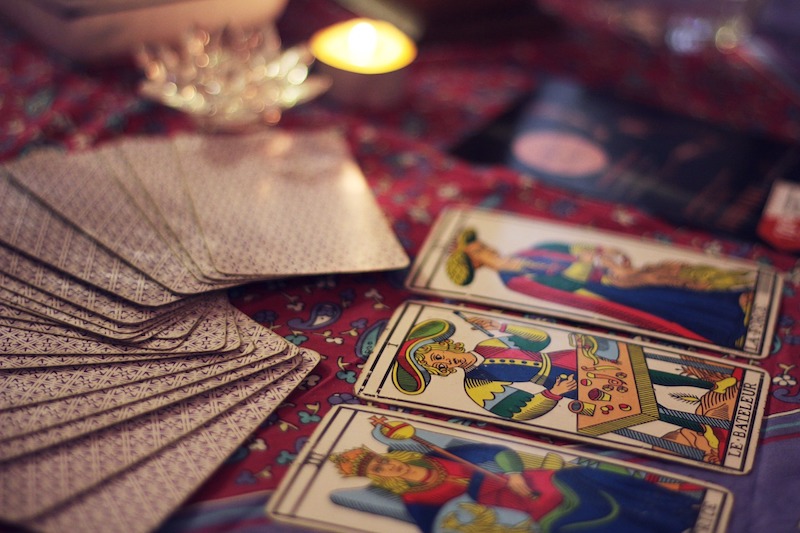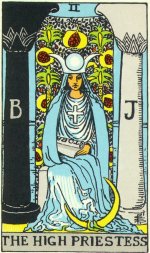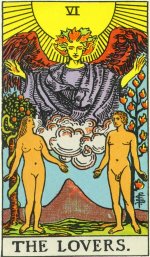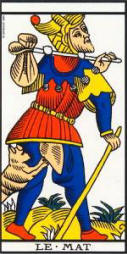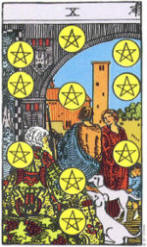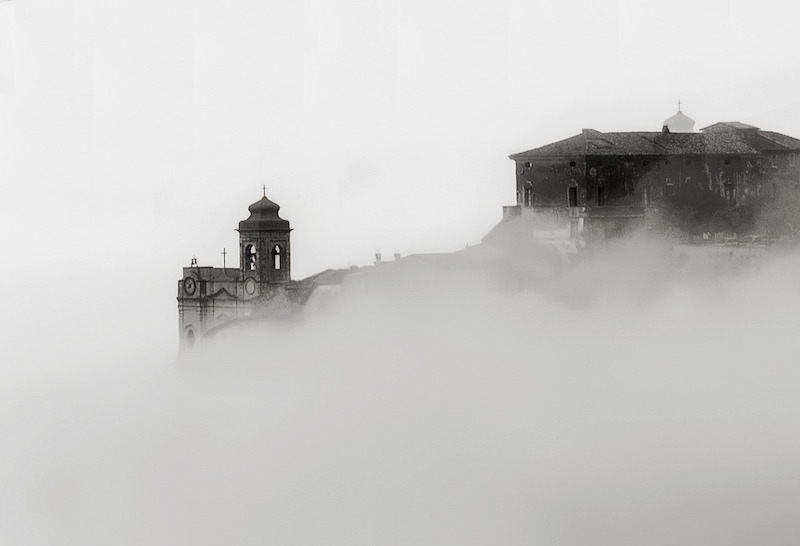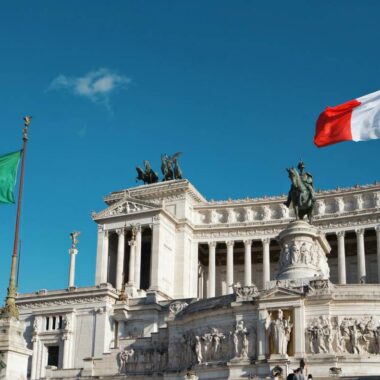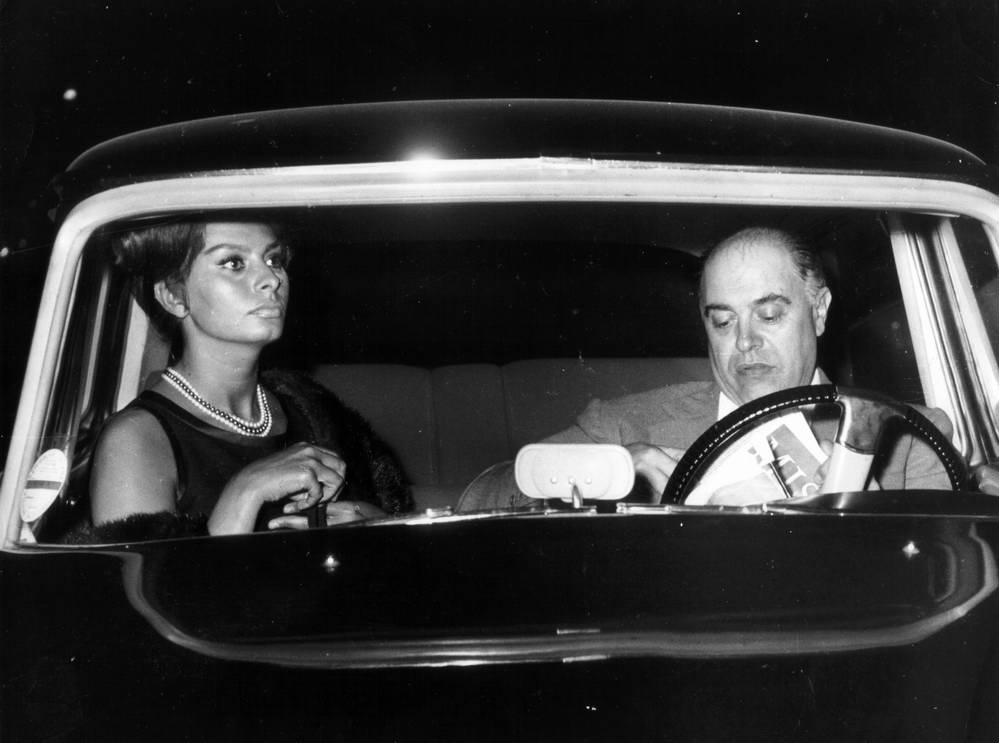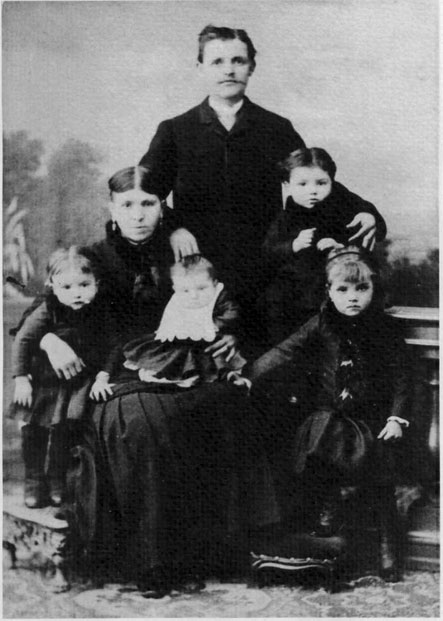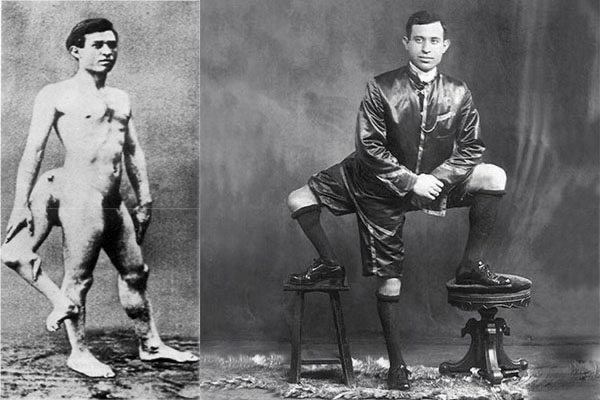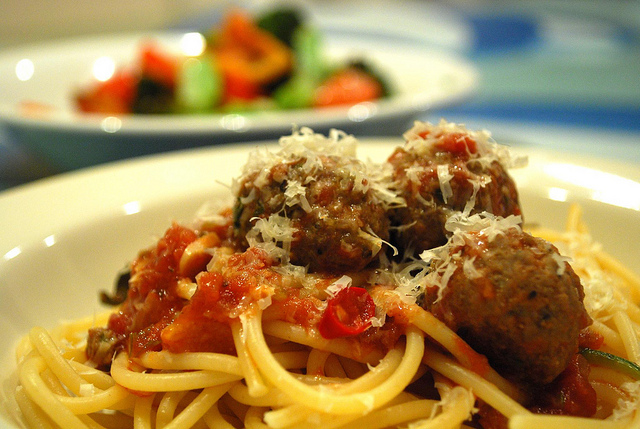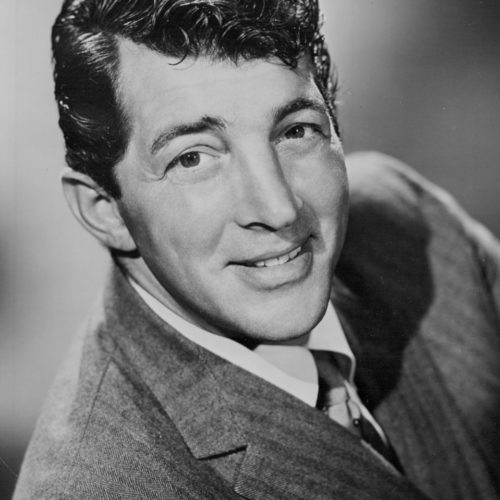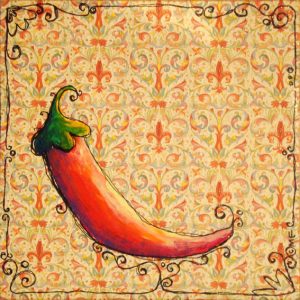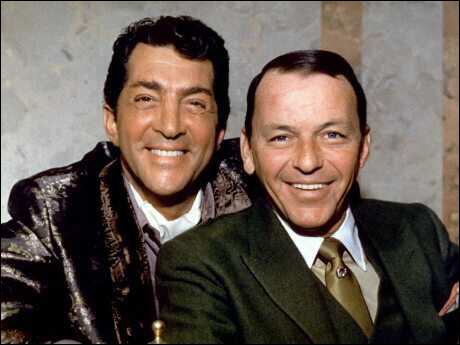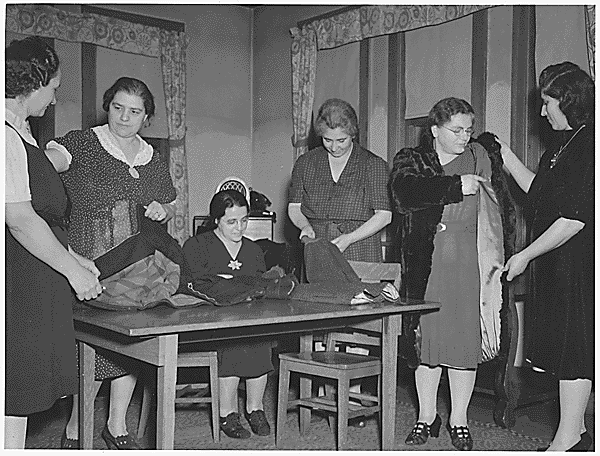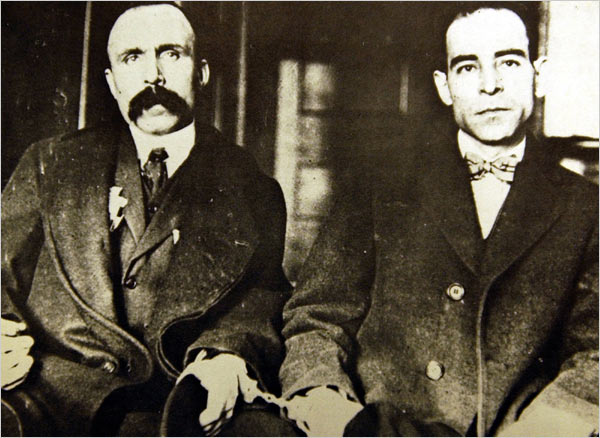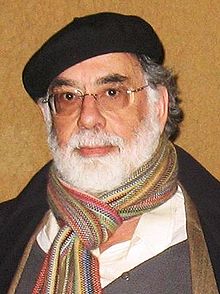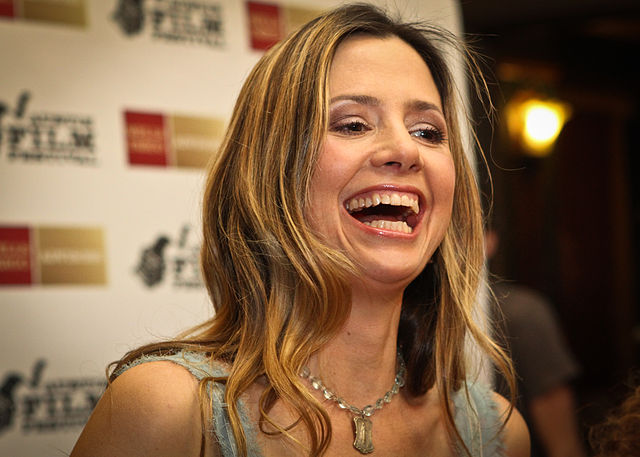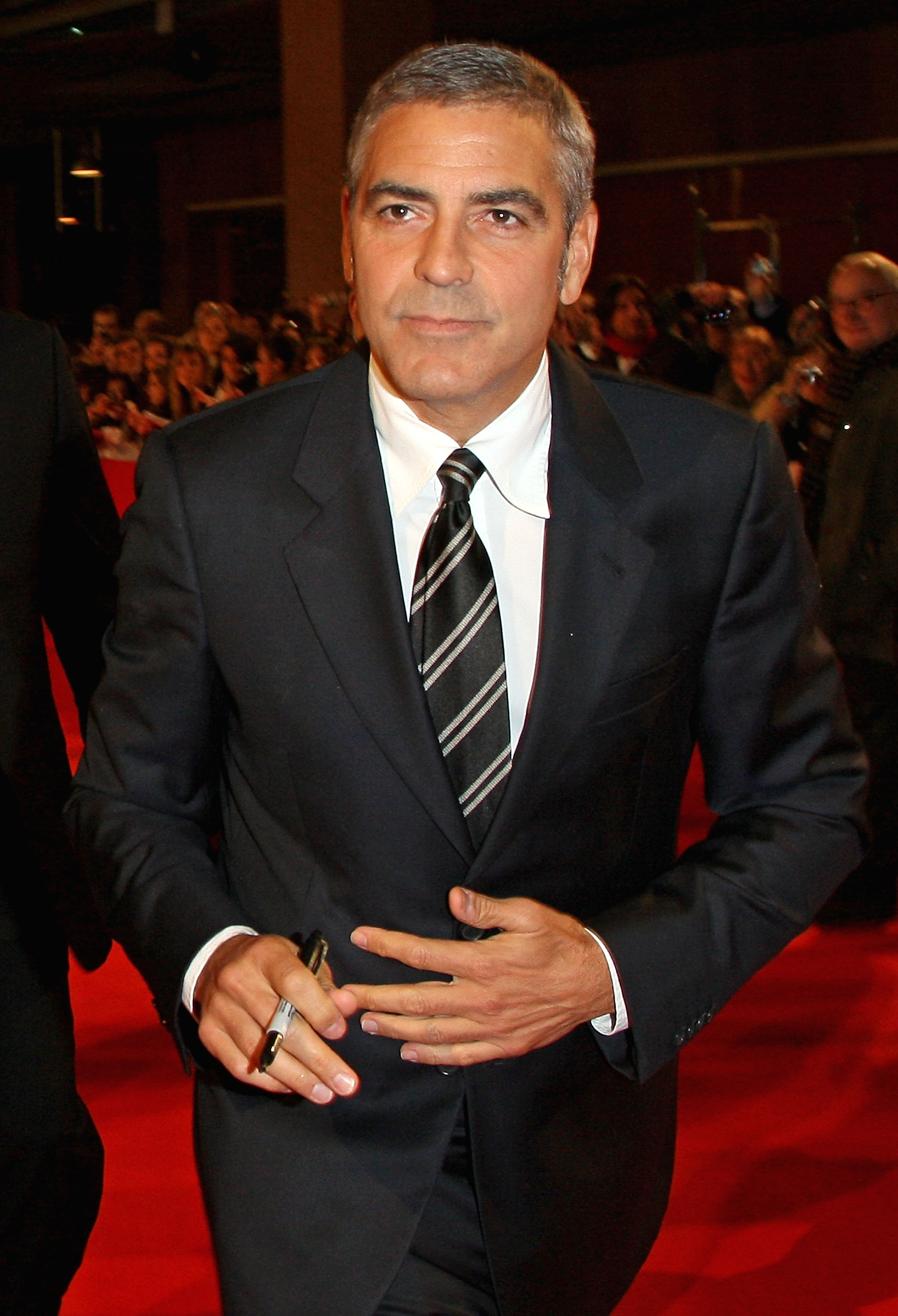The Popular Card Games Origin
Milan is the birth place of the Tarot, where it originated in the 15th century as the game of Tarocchi.
Ordinary playing cards were already in existence, having been introduced to Europe from the Middle East by crusaders in the 14th century. But Tarocchi added new cards, called Trumps, or Triumphs, to the familiar 52 card deck.
These hand painted cards were not intended for divination, but by the 18th century, various divination systems had been devised using the 22 trumps of what had come to be known as the Major Arcana.
But when these cards were first devised, there were only 16 of them, and their first use was in a gambling game.
The game of Tarocchi was similar to Bridge, with the Trump cards used for just that purpose. It is not known exactly when their more esoteric role as a divination tool began, but the Tarot cards as we know them today owe their existence to two ruling families of Milan in the 15th Century, the Visconti and Sforza families.
One of the earliest tarot decks known was created by Marziano di Tortona, secretary to Duke Fillippo Maria Visconti in 1415. The young duke asked his secretary to create a card game depicting Greek Gods, and four suits to represent various attributes – riches, virtues, pleasures and virginities. Each attribute would be represented by a bird.
This shows a clear step toward creating a deck with more esoteric meanings than the familiar clubs, diamonds, spades and hearts. Marziano commissioned the artist Michelino di Besozzo to paint the cards, while he wrote a book describing the allegorical meanings of the cards, although they were intended for a card game. But as Marziano’s other role was as a tutor in astrology to the young duke, it seems likely that the possibilities for divination were not lost on either of them.
None of these cards remain today, although the book written by Marziano is in the Bibliotheque Nationale in Paris. On the Duke’s death, the cards were sent to the Queen of Lorraine as a gift, but have not been heard of since.
The three sets of cards commissioned by the Visconti and Sforsa families to commemorate the historic joining of the families with a wedding, have had better luck. There are 78 cards surviving today, held in historic collections.
These cards were painted by the artist Bonifacio Bembo, and are believed to include portraits of family members. There are some strong similarities to modern Tarot cards, for these are the cards that set the pattern, yet there are also striking differences. None of the Major Arcana cards are named, or numbered, and two familiar cards from later decks – the Tower and the Devil – are missing.
These beautiful cards have been reproduced many times, and you can see how modern Tarot cards have evolved from them.
The tradition of creating beautiful Tarot cards continues in Milan, the birthplace of the tarot, today. Tarot designer Osvaldo Menegazzi keeps a Tarot workshop called Il Meneghello Tarocchi, where he sells his own magnificently presented medieval designs, as well as many other Tarot accessories.
Tarot decks are sold in many other outlets in Milan, and if you are browsing for a new deck, don’t forget to look in at the Libraria Esoterica, where many lovely designs are on sale.

